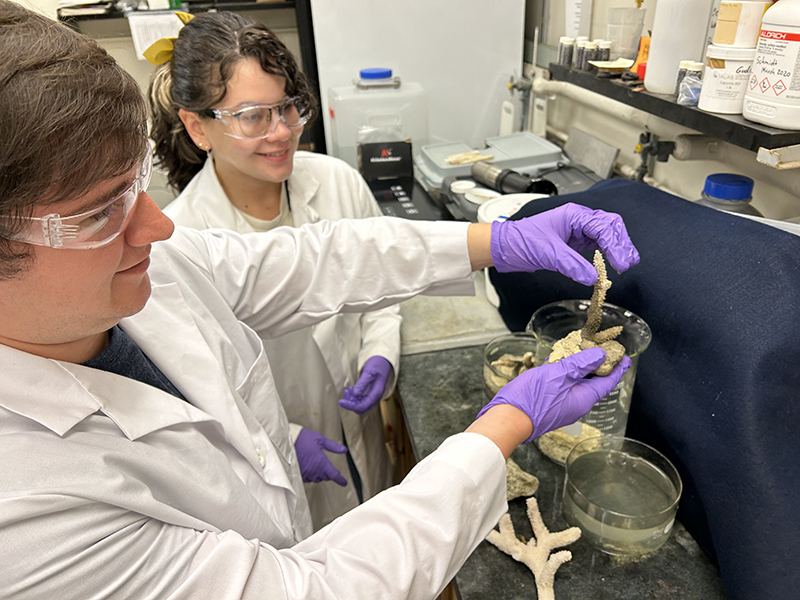The presence of PFAS, or ‘forever chemicals,’ is not limited to industrial products, as research has found them to be present in seemingly everyday household items. These chemicals pose potential risks to human health, making their removal from the supply chain urgent.
Exposure to PFAS compounds has been linked to a range of severe health problems, including but not limited to cancer, obesity, thyroid disease, high cholesterol, decreased fertility, liver damage, hormone suppression, and disruptions to lipid and amino acid metabolism.
In response to this urgent need, major manufacturers such as 3M have taken action to eliminate the use of PFAS in their operations. However, the removal of PFAS from the supply chain presents a major challenge for manufacturers, as they must identify where PFAS may occur in their products and processes and prepare accordingly to manage supply chain disruptions.
It’s currently challenging to know which items contain PFAS, making it challenging for individuals to avoid exposure. Removing PFAS requires a concerted effort from all levels, from individuals to governments and corporations.
The primary chemical bonds in PFAS make them resistant to breakdown, earning them the nickname ‘forever chemicals.’ Studies have shown their adverse effects on both the environment and human health, contributing to a growing public awareness of the issue.
As PFAS are phased out, manufacturers may face difficulties in procuring maintenance and repair parts for equipment that previously incorporated PFAS. Furthermore, if PFAS were crucial to any process, identifying new chemicals may lead to changes in the processing equipment, increasing capital expenditures.
Given the prevalence of PFAS worldwide, identifying where they exist in the supply chain take time and effort, making it difficult to meet regulatory requirements and anticipate business drivers. As such, the urgent need to remove these chemicals from the supply chain must be met with comprehensive and collaborative efforts from all industries.







